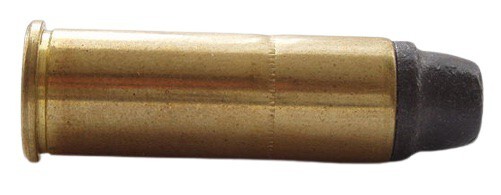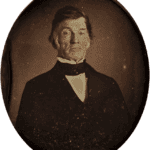
Introduction to the .44 Magnum
The .44 Remington Magnum, commonly known as the .44 Magnum, .44 Mag or the .44 Rem Mag, is a large-bore cartridge that was initially designed for revolvers. Over the years, however, it has been adapted to be fired from rifles and carbines, thus demonstrating its considerable versatility. This powerful cartridge has had an impact on both the firearms industry and popular culture.
Invention
The .44 Magnum was created by the legendary firearms expert Elmer Keith, a man who had previously contributed to the development of the .357 Magnum cartridge. Working in the early 1950s, Keith sought to develop a cartridge more powerful than any available at the time. He accomplished this by lengthening the case of the .44 Special cartridge and loading it to much higher pressures.
Keith's concept gained the attention of Remington, which decided to produce the new cartridge. In 1955, Remington introduced the .44 Magnum to the public. Almost simultaneously, Smith & Wesson released the Model 29 revolver chambered for the new cartridge, which went on to become synonymous with the .44 Magnum.
Weapons Using the Cartridge
The .44 Magnum is perhaps best known for its association with the Smith & Wesson Model 29 revolver, largely thanks to the popular "Dirty Harry" films starring Clint Eastwood. However, numerous other firearms have been chambered for this potent round.
Apart from Smith & Wesson, companies like Ruger and Taurus have produced revolvers chambered in .44 Magnum. Notably, Ruger's Super Blackhawk model is known for its ruggedness and ability to handle the powerful cartridge.
In addition to revolvers, several lever-action and semi-automatic rifles have been chambered for the .44 Magnum, providing increased range and power for hunting. Noteworthy models include the Marlin Model 1894 and the Ruger Deerfield Carbine.
Predecessors and Successors
As mentioned, the direct predecessor of the .44 Remington Magnum was the .44 Special. This cartridge was introduced in 1907 as an improvement on the older .44 Russian, with a longer case to hold more propellant. It offered moderate performance and was popular among law enforcement officers and handgun hunters. Elmer Keith, dissatisfied with the .44 Special's power, was driven to develop the .44 Magnum.
Since the introduction of the .44 Remington Magnum, several other magnum cartridges have been developed. However, few can claim to be direct successors. The .454 Casull, while more powerful, is based on the .45 Colt, not the .44 Magnum. The .480 Ruger and .500 S&W Magnum, both more recent developments, might be seen as successors in terms of being larger, more powerful handgun rounds, but again, they are not based on the .44 Magnum.
Performance
The .44 Magnum offers significant power for a handgun cartridge. Typical factory loads drive a 240-grain (15.55 g) bullet at velocities of up to 1,500 feet per second (460 m/s), generating energy levels exceeding 1,200 foot-pounds (1,600 J). This makes it one of the more powerful handgun cartridges available, suitable for hunting medium to large game.
While the .44 Magnum provides impressive power, it is also known for substantial recoil. This can make it challenging to handle, especially in lightweight or compact firearms.
Conclusion
In conclusion, the .44 Magnum has established itself as a classic among firearm enthusiasts. Whether for hunting, target shooting, or self-defense, this cartridge has proven its capabilities over the past seven decades. Despite its age, the .44 Magnum continues to hold its own among more recent large-bore handgun cartridges. Its combination of power and versatility ensures that it will remain a favorite among shooters for the foreseeable future.
While the editors do not know of any forums dedicated to the .44 Remington Magnum, you can probably join the reloading discussions here and learn more.
If you know of any forums or sites that should be referenced on this listing, please let us know here.




